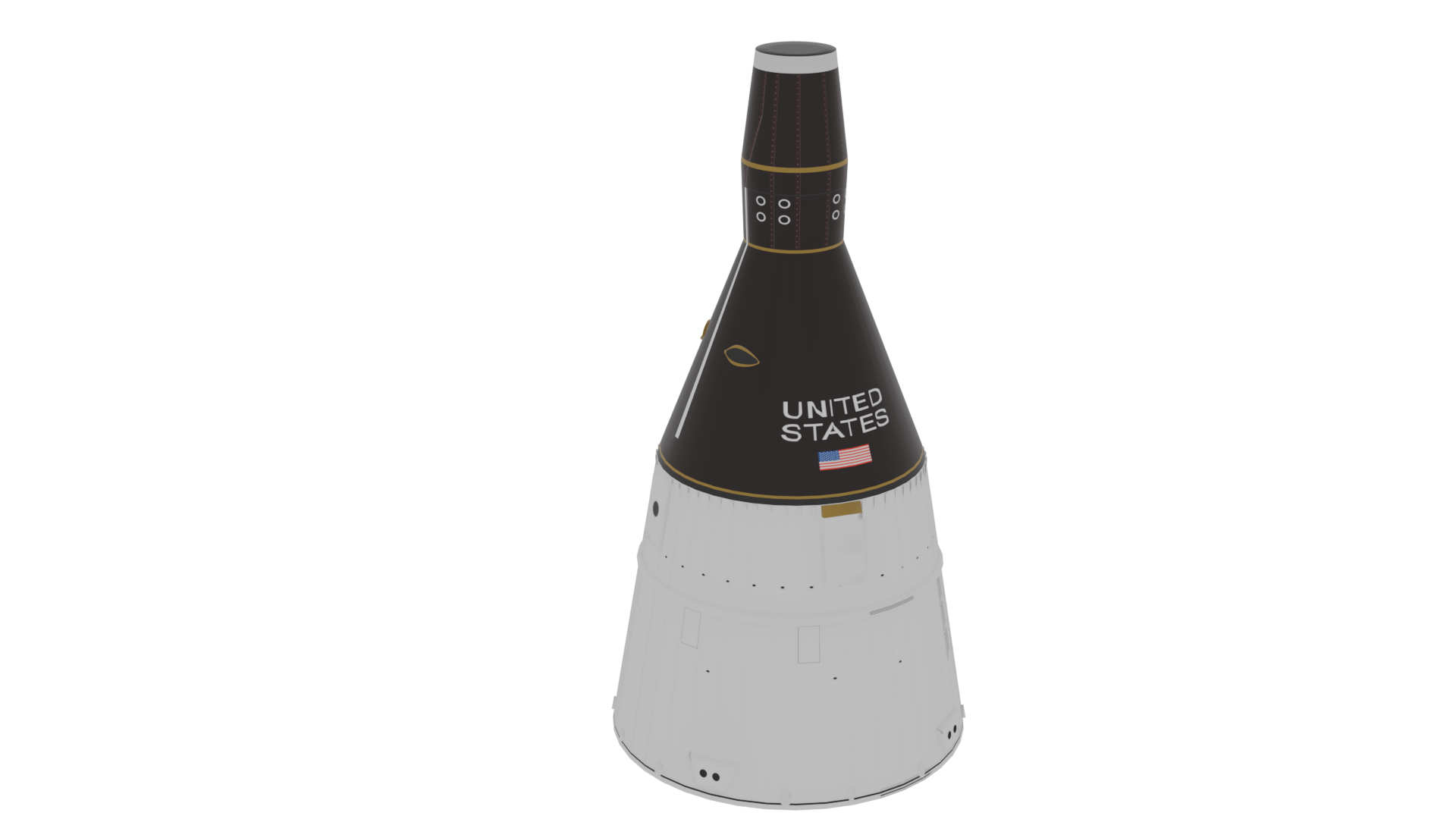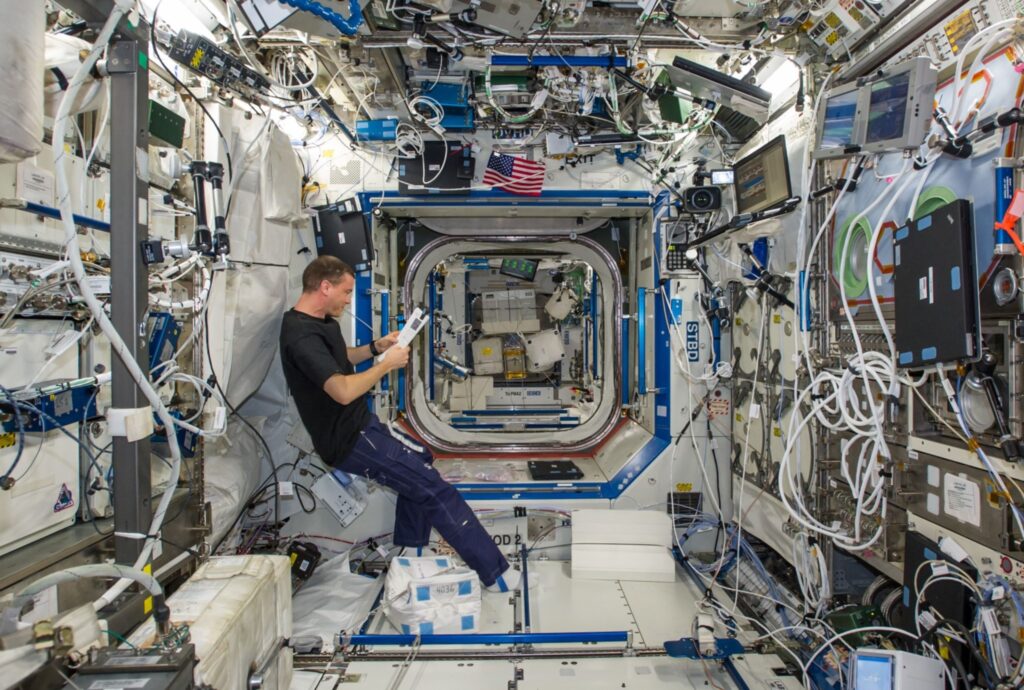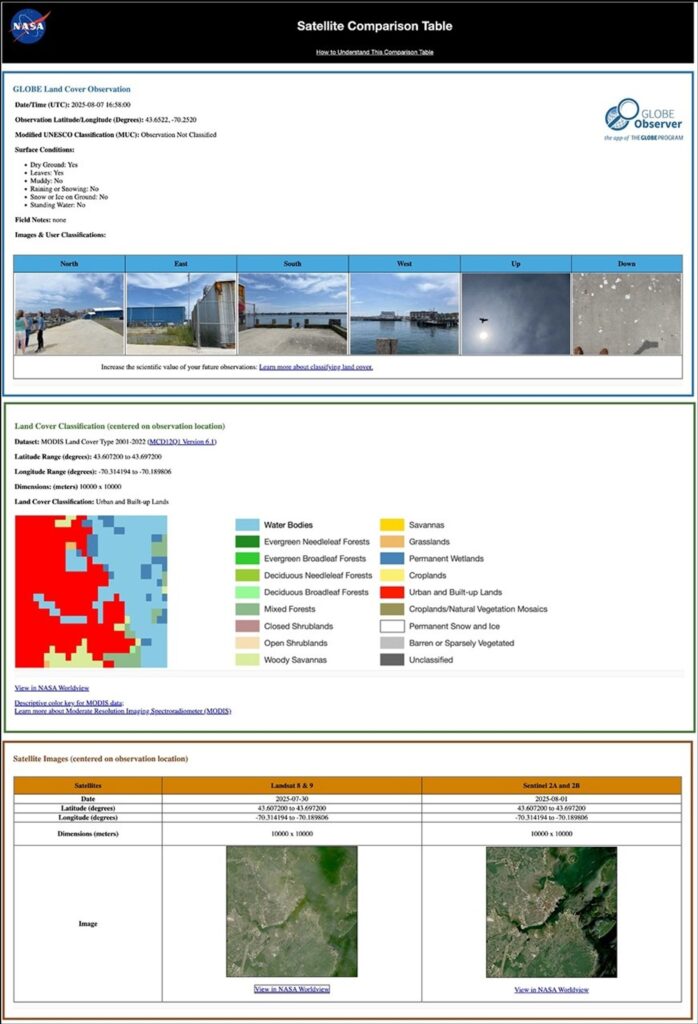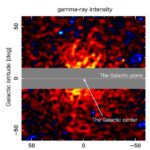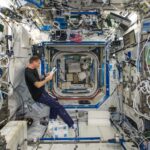Now Reading: Lunar Environment Structural Test Rig
-
01
Lunar Environment Structural Test Rig
Lunar Environment Structural Test Rig
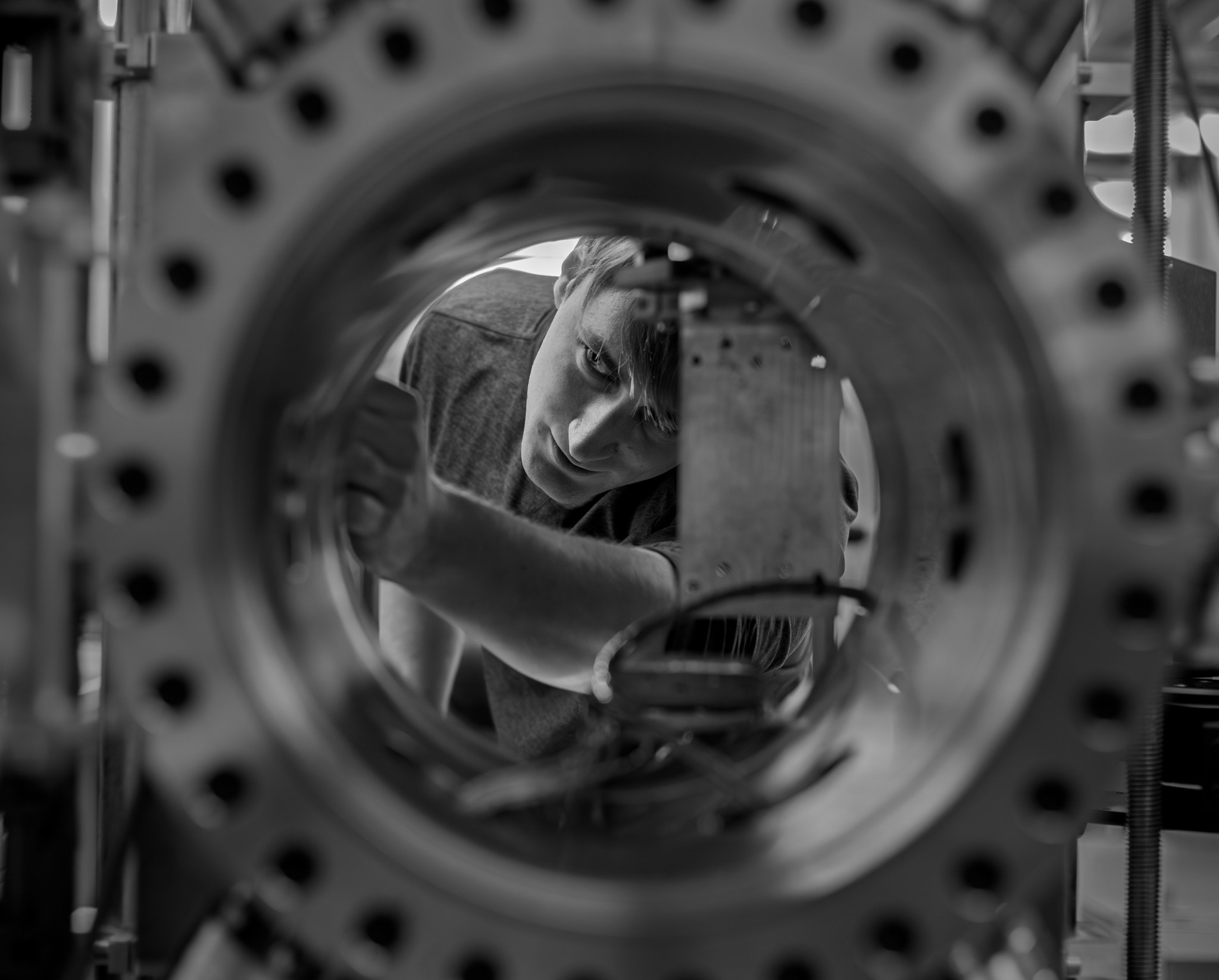
3 min read
Preparations for Next Moonwalk Simulations Underway (and Underwater)
The Lunar Environment Structural Test Rig simulates the intense cold of the lunar night, ranging from 40 Kelvin (K) to 125 K while maintaining a vacuum environment. This creates a tool by which scientists and engineers can test materials, electronics, and flight hardware for future Moon and Mars missions, characterizing their behaviors at these temperatures while also validating their ability to meet design requirements.
Facility Overview
The Lunar Environment Structural Test Rig (LESTR) approaches the problem of creating a simulated lunar environment by departing from typical fluid immersion or jacketed-and-chilled chamber systems. It does this by using a cryocooler to reject heat and bring the test section to any point desired by the test engineer, as low as 40 K or as high as 125 K in a vacuum environment. By combining high vacuum and cryogenic temperatures, LESTR enables safe, accurate, and cost-effective testing of materials and hardware destined for the Moon and beyond. Its modular setup supports a wide range of components — from spacesuits to rover wheels to electronics — while laying the foundation for future Moon and Mars mission technologies.
Quick Facts
LESTR is a cryogenic mechanical test system built up within a conventional load frame with the goal of providing a tool to simulate the thermal-vacuum conditions of the lunar night to engineers tasked with creating the materials, tools, and machinery to succeed in NASA’s missions.
- LESTR replicates extreme lunar night environments — including temperatures as low as 40 K and high vacuum (<5×10⁻⁷ Torr) — enabling true-to-space testing without liquid cryogens.
- Unlike traditional “wet” methods, LESTR uses a cryocooler and vacuum system to create an environment accurate to the lunar surface.
- From rover wheels to spacesuits to electronics, LESTR supports static and dynamic testing across a wide range of Moon and Mars mission hardware.
- With scalable architecture and precision thermal control, LESTR lays critical groundwork for advancing the technologies of NASA’s Artemis missions and beyond.
Capabilities
Specifications
- Temperature Range: 40 K to 125 K
- Load Capacity: ~10 kN
- Vacuum Level: <5×10⁻⁷ Torr
- Test Volume (Cold Box Dimensions): 7.5 by 9.5 by 11.5 inches
- Maximum Cycle Rate: 100 Hz
- Time to Vacuum:
- 10⁻⁵ Torr in less than one hour
- 10⁻⁶ Torr in four hours
Features
- Dry cryogenic testing (no fluid cryogen immersion)
- “Dial-a-temperature” control for precise thermal conditions
- Integrated optical extensometer for strain imaging
- Digital image correlation and electrical feedthroughs support a variety of data collection methods
- Native support for high-duration cyclic testing
Applications
- Cryogenic Lifecycle Testing: fatigue, fracture, and durability assessments
- Low-Frequency Vibration Testing: electronics qualification for mobility systems
- Static Load Testing: material behavior characterization in lunar-like environments
- Suspension and Drivetrain Testing: shock absorbers, wheels, springs, and textiles
- Textiles Testing: evaluation of spacesuits and habitat fabrics
- Dynamic Load Testing: up to 10 kN linear capacity, 60 mm stroke
Contact
Cryogenic and Mechanical Evaluation Lab Manager: Andrew Ring
216-433-9623
Andrew.J.Ring@nasa.gov
LESTR Technical Lead: Ariel Dimston
216-433-2893
Ariel.E.Dimston@nasa.gov
Using Our Facilities
NASA’s Glenn Research Center in Cleveland provides ground test facilities to industry, government, and academia. If you are considering testing in one of our facilities or would like further information about a specific facility or capability, please let us know.
Gallery
Stay Informed With the Latest & Most Important News
-
 012024 in Review: Highlights from NASA in Silicon Valley
012024 in Review: Highlights from NASA in Silicon Valley -
 02Panasonic Leica Summilux DG 15mm f/1.7 ASPH review
02Panasonic Leica Summilux DG 15mm f/1.7 ASPH review -
 03How New NASA, India Earth Satellite NISAR Will See Earth
03How New NASA, India Earth Satellite NISAR Will See Earth -
 04And Thus Begins A New Year For Life On Earth
04And Thus Begins A New Year For Life On Earth -
 05Astronomy Activation Ambassadors: A New Era
05Astronomy Activation Ambassadors: A New Era -
06SpaceX launch surge helps set new global launch record in 2024
-
 07Space Force plans new ‘Futures Command’ amid pressure to speed up modernization
07Space Force plans new ‘Futures Command’ amid pressure to speed up modernization






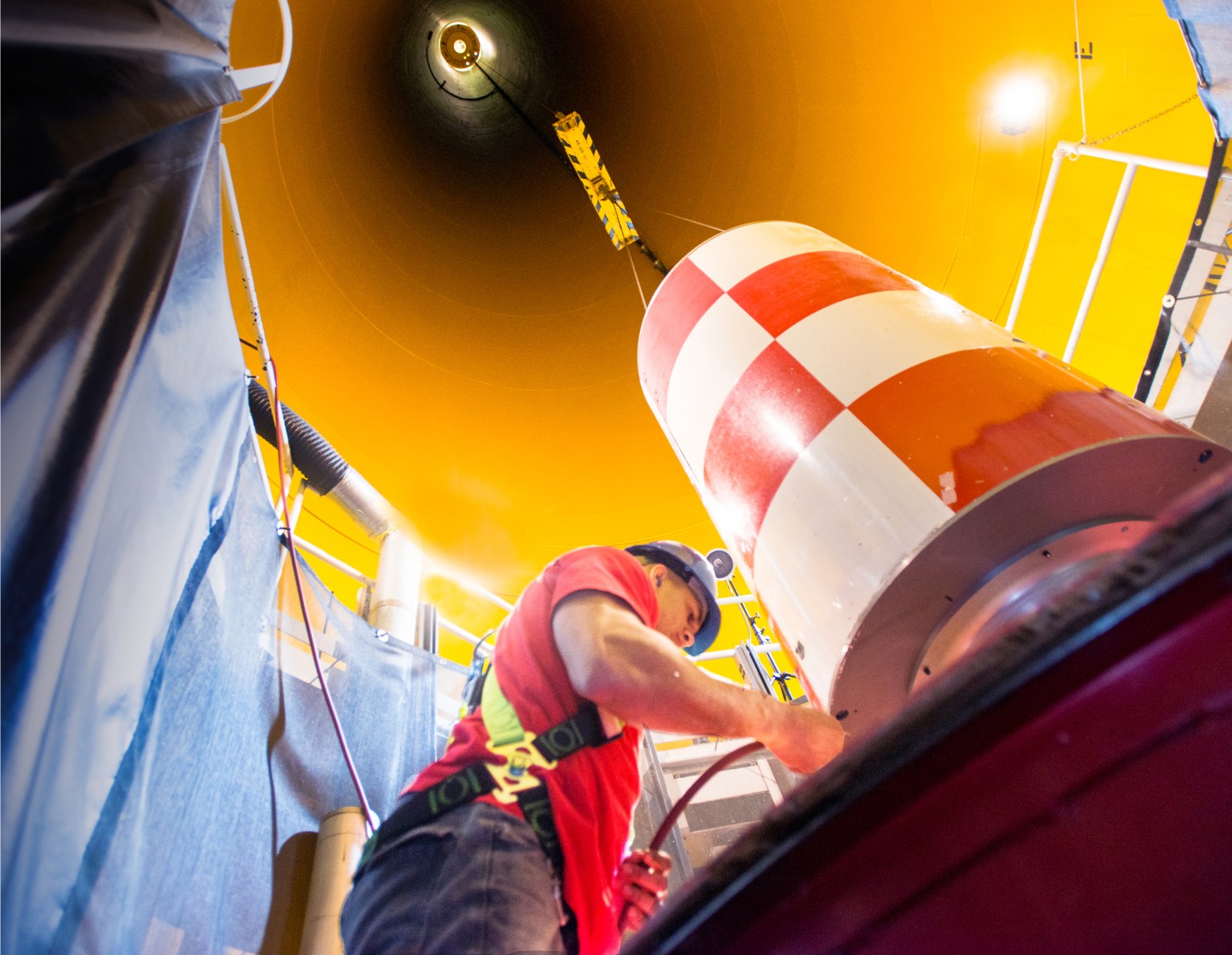
/Hubble%20Space%20Telescope%20(A).png)
